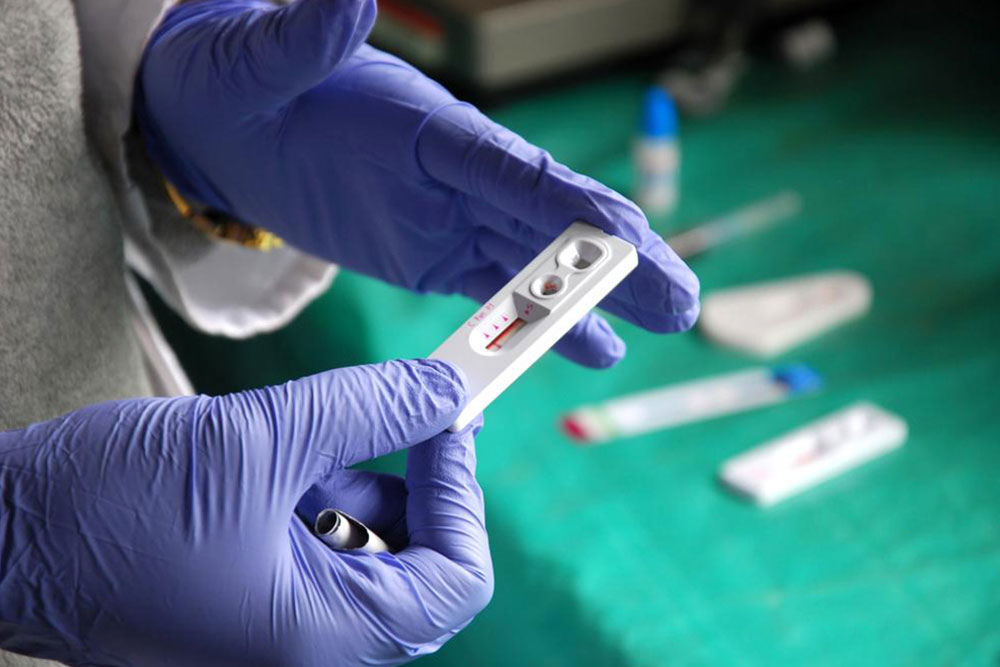Understanding HIV Testing and Management
Learn about HIV testing methods and treatment options to manage the virus effectively. Early diagnosis through various testing techniques is essential for timely intervention and preventing progression to AIDS. Regular follow-up tests help monitor health and guide treatment plans, ensuring a better quality of life for those infected.
Sponsored

HIV, the human immunodeficiency virus, attacks and weakens the immune system by targeting CD4 cells, which normally defend the body against infections. The virus advances through three stages, with the final being AIDS or acquired immunodeficiency syndrome. Prompt testing and treatment can often delay or prevent progression to AIDS, allowing individuals to lead healthy lives. Numerous free STD testing centers now make HIV testing accessible and quick, facilitating early intervention and care.
HIV Testing Options
Various tests are available to detect HIV infection. Common screening methods include antibody tests, which identify proteins produced in response to the virus, and combination tests that detect both antibodies and viral antigens. Nucleic acid tests (NATs) offer the fastest diagnosis but are generally more costly and less routine. Timing of tests is crucial, as some methods may not detect HIV immediately after exposure.
Once diagnosed, follow-up tests are often necessary to confirm the initial results. Healthcare providers may perform additional assessments, such as CD4 count tests, which measure immune cell levels to gauge immune health, and viral load tests, to determine the amount of virus in the blood. Drug resistance testing is also vital to identify effective treatment options, ensuring personalized and effective management of HIV.






